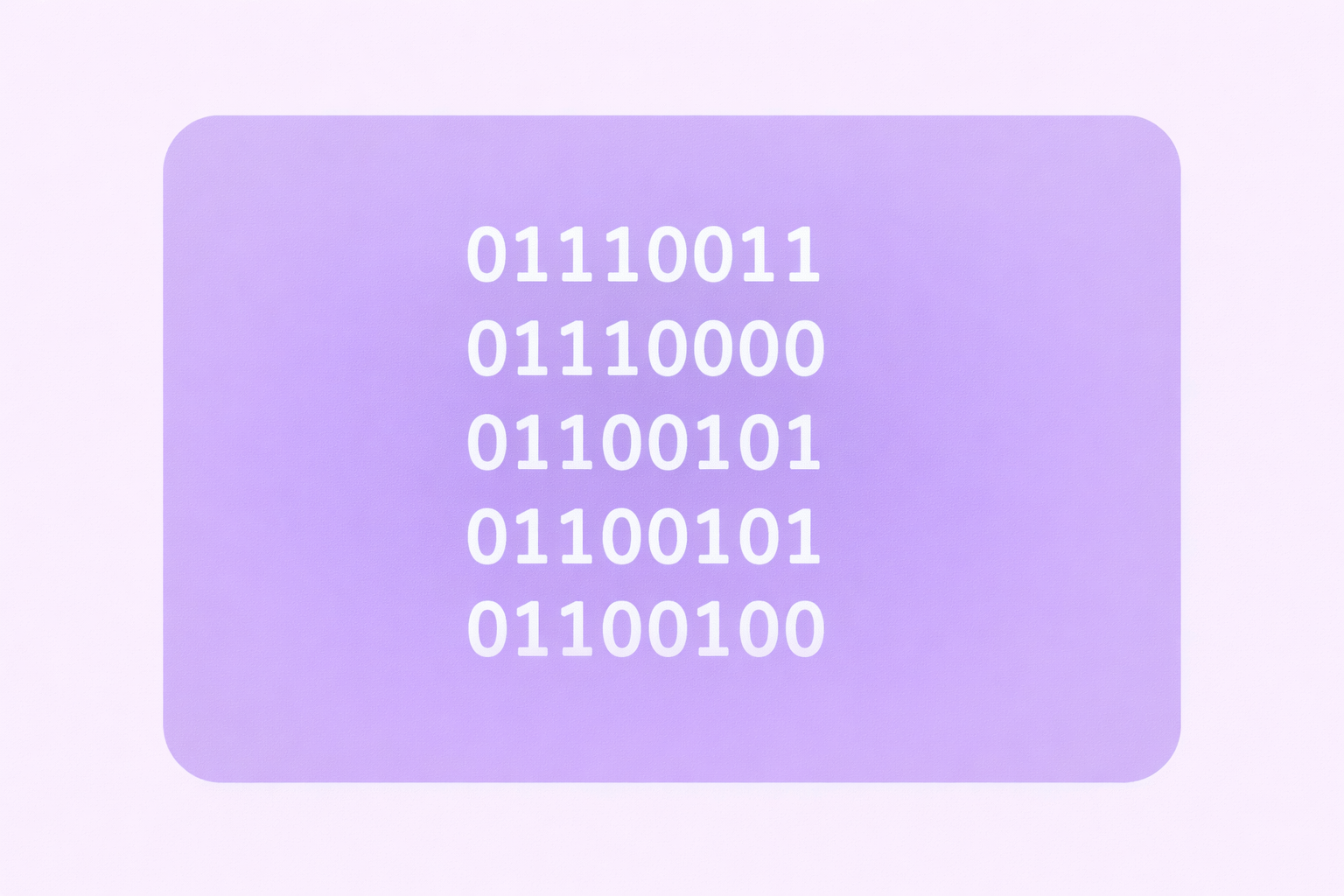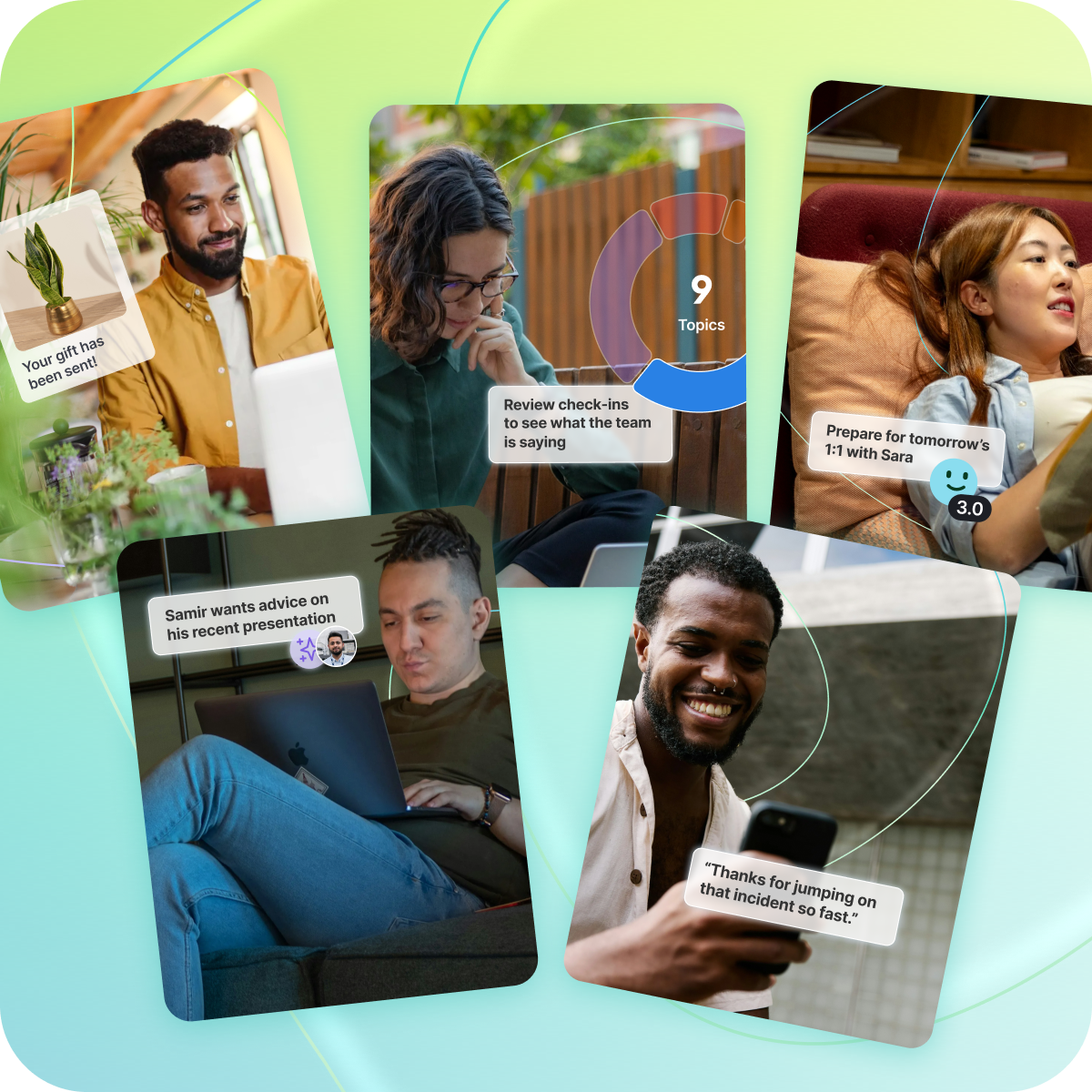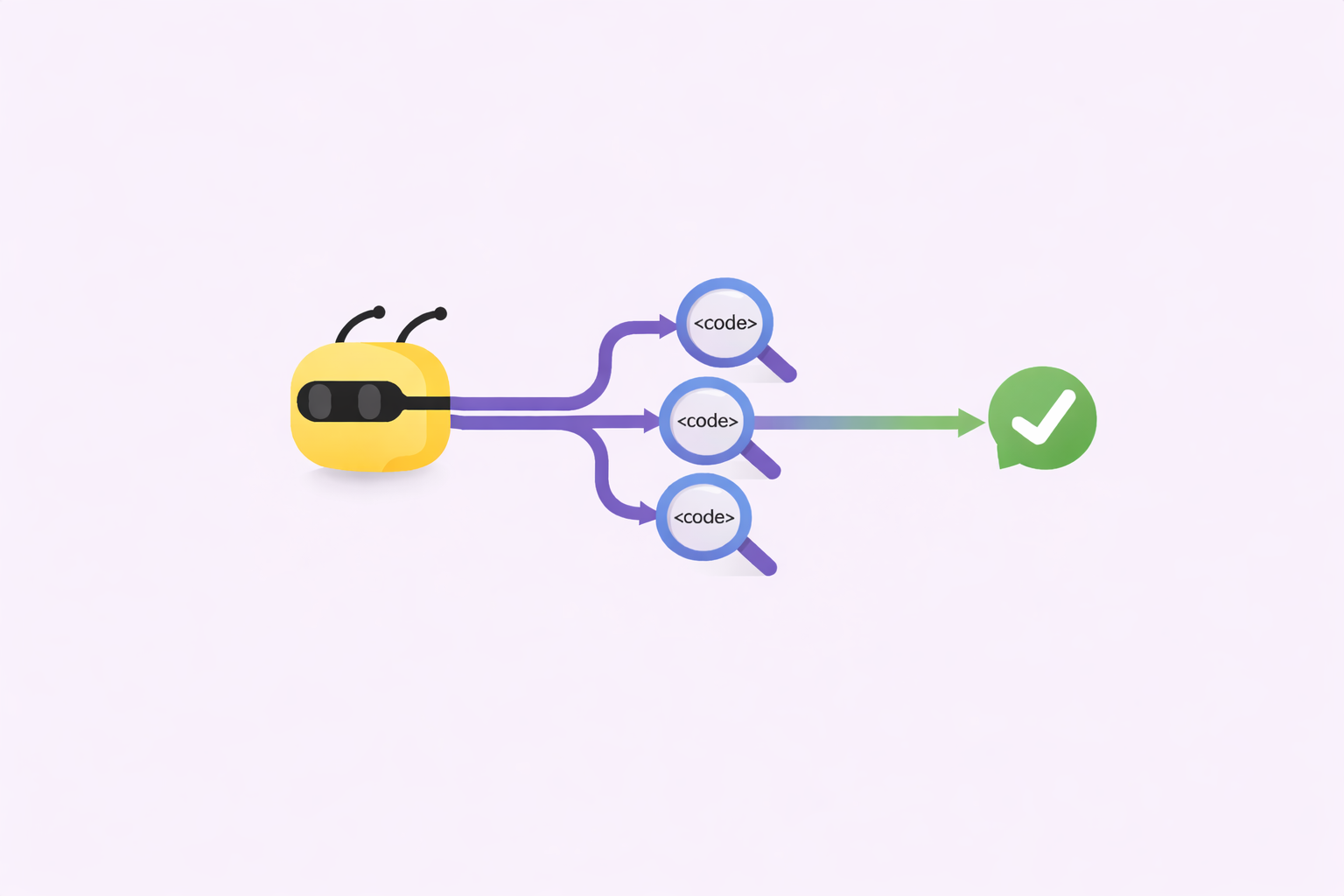From Boomers to Gen Z: How Generations Work Together

“Ok, Boomer.”
“Millennial cringe.”
“Those kids today…”
It’s so easy to slip into generational stereotypes to explain why someone is doing something, whether it’s different than we would do it or simply something we’re not used to.
But today we have more generations in the workplace than ever before thanks to longer lifespans and later retirements, as well as big generational shifts (millennials are the largest generation in the workforce right now, and Gen Z will overtake boomers this year). This can make communication and collaboration challenging—the key elements for how teams work together effectively.
With the right way of looking at these generational differences (one that’s open and respectful), we can all get along better and improve how we work together. Here’s your guide to the generational differences at work and how to manage them so everyone can thrive.

Recognize real similarities…
It can be comforting to slip into categorizing people by age differences to explain likes, dislikes, or just why they do the odd things that humans sometimes do, like dismissing something Gen Z cares about as a TikTok trend or making a meme of out-of-touch boomers.
But if you look at the big picture, especially at work, people generally care about the same things across generations. All generations prioritize a healthy balance between their work and personal lives, even though that’s often framed as a generational divide. And people across every generation want to find purpose and meaning in their work, especially post-pandemic. They’re aligned in those basic needs regardless of age.
…and understand the why behind the differences
However, despite all of the similarities that unite the generations in the workplace, there are also genuine differences that should be acknowledged and understood to help everyone work together better.
For example, if it feels like your younger team members need more feedback, there’s a good reason behind that. They’re newer to the workforce, and just off a pandemic that started their working careers isolated at home. This led to lower rates of engagement in younger workers. Of course, they require more guidance to be sure they’re on the right track than more experienced employees with decades in the workforce under their belts. That’s a normal developmental stage, and understanding the why can help everyone give each other some grace.
Or take a boss I had early in my career—she could barely peck out a few sentences to send an email. It wasn’t a lack of knowledge (she was incredibly driven and accomplished), but because when she was entering the workforce, if you were a woman who could type, you would be shunted into secretarial work which didn’t appeal to her.
The day she explained that opened up a world of understanding that 22-year-old-me previously didn’t have insight into, and a lot more patience for everyone who struggles to type quickly.
Ask about methods of communication
People of all ages often have very strong preferences about how they like to communicate in the workplace. But you shouldn’t decide that just because someone is a millennial, for example, they hate the phone and would prefer a text (although I am indeed a phone-fearing millennial stereotype), or that a boomer colleague isn’t a fan of tech like Slack.
Ask instead of making assumptions! There is much more diversity within generations than is commonly supposed, and by checking in with people as individuals, you’ll be sure that you’re communicating with your team in the most effective way possible for them. And don’t be afraid to make the same clear for yourself as well—think of it as creating a “user manual” for how you prefer to give and receive communication and feedback.

Truly embrace generational diversity
Generational diversity is beneficial for your organization—just like other kinds of diversity—because it offers everyone access to different viewpoints, experiences, and practices. Harvard Business Review has a great insight into how age diversity can distinguish us from each other without dividing us, and those differences can be appreciated and even leveraged.
And that’s not just positive for your internal discussions and decisions, but for creating products and services for your customers as well. They’re from many different generations too, most likely, so they can offer tips and suggestions that you might not have thought of to broaden your customer base and take many different needs and preferences into consideration.
Expect everyone to show and offer respect
Ageism can get in the way of these contributions, whether it’s younger workers writing off older ones as too slow, or older ones writing off younger workers as just kids. (This can feel infuriating on both ends!)
Respect, empathy, and openness to ideas and experiences benefit everyone and are a critical part of your overall DEI efforts too. Reminding your leadership to model these behaviors to ingrain them into your organizational culture will help, as will examining any implicit bias around age and generation that you and others on the team hold.
Setting an example from the top, like having senior leaders ask for the perspectives of younger people, or younger managers asking for advice from their more experienced team members, sets up a respectful and mutually beneficial dynamic where everyone feels free to bring their full selves to work, no matter what year they happened to be born in.

Takeaways
All of the generations mixing and mingling in the workplace right now make it a more interesting, vibrant place to be—if your organization knows how to make the most of this diversity in ages and experiences. The key ingredients, as with any kind of diversity, are respect, understanding, and a willingness to open ourselves to the perspectives of other people (and making TikToks about how we all dread Mondays 😂).







